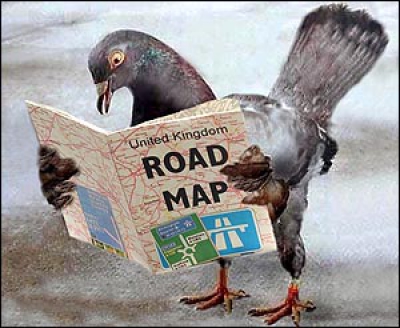The Flux Lines of Innovation
 There are countless books, tools, processes, methodologies and frameworks for innovation.
There are countless books, tools, processes, methodologies and frameworks for innovation.
And cutting across all theory and practice, the biggest fundamental of innovation is fear.
We define fear as bad because it limits new thinking and new actions, but there’s another way to look at it. We should look at fear as a leading indicator of innovation potential.
When inputs, outputs, or contexts are different than expectations, our bodies create physical symptoms we recognize as fear. It’s this chemical change in the body, manifested as cold sweats, tingling hands, difficulty in breathing, or knotted stomachs, that’s the tell-tale sign innovation is in the house.
If things are predictable, knowable, understandable, there is no fear. And if things are predictable, knowable, understandable there is no innovation. By the associative theorem: no fear, no innovation.
We should learn to use our bodies as innovation barometers. When pressure builds, especially when we don’t know why, we should recognize our fear, not as a blocker of innovation, but as a leading indicator of it.
Innovation, especially the type that reinvents, is not an in-the-head thing, it’s an in-the-chest thing. It’s indescribable, un-scriptable, and almost spiritual. Just as migratory birds sense weak magnetic fields to guide themselves home, we can use our bodies to sense fear and guide ourselves along the flux lines of innovation.
Fear is scary and can be uncomfortable. But for innovation, it’s scarier if there’s no fear.
 Mike Shipulski
Mike Shipulski
How true, sadly it takes a looming disaster to get some folks moving and not even then will se folks move. Fear can get the good going !
Yes I truly agree as to fear can be a catalyst to create new innovation because of hopes of the usefulness, acceptability of the innovation as well